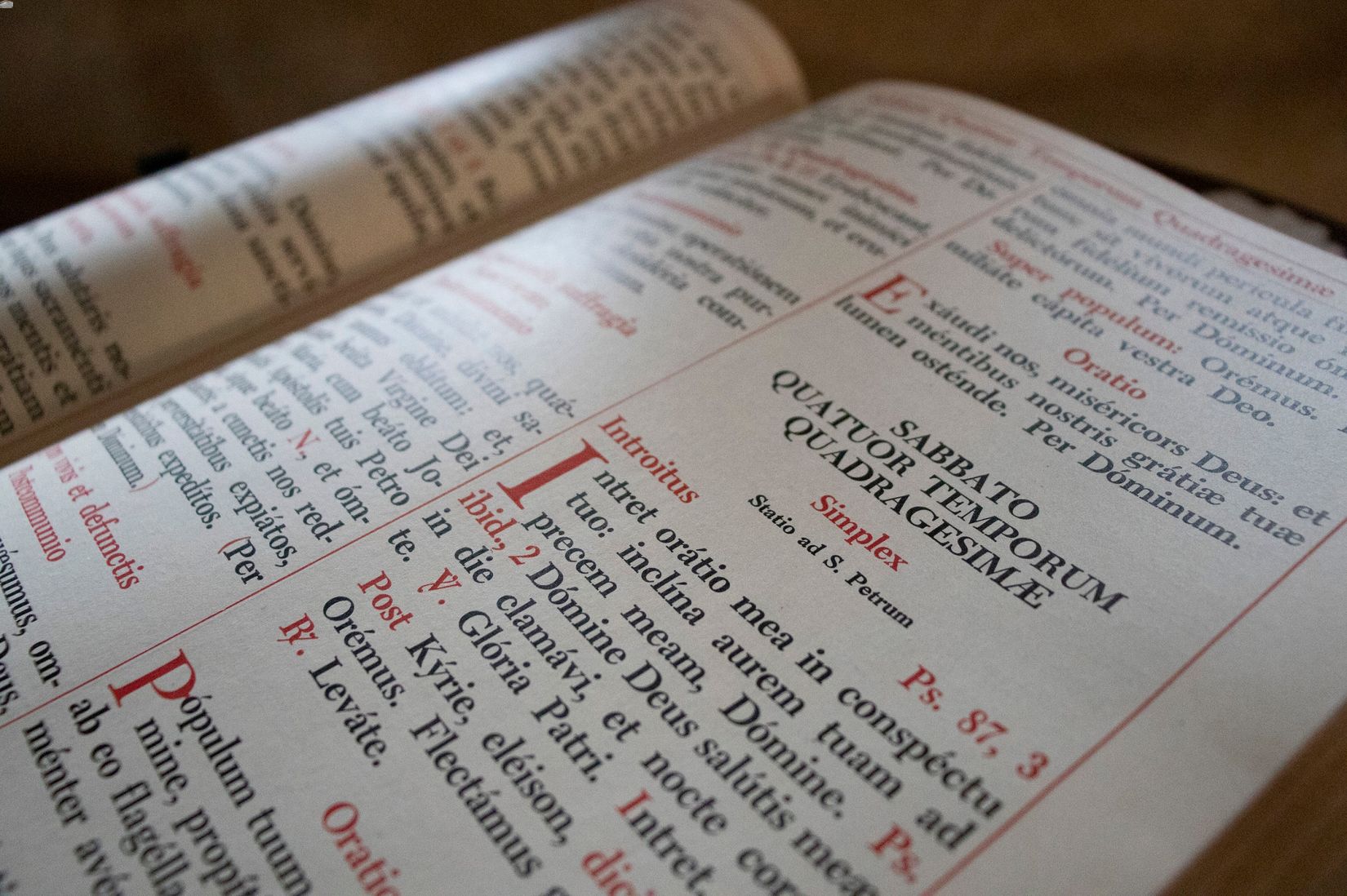
What is a chasuble? A chasuble is a sleeveless outer vestment worn by clergy during the celebration of the Eucharist in many Christian denominations. Originating from the Roman paenula, it has evolved over centuries into a symbol of the priest's role in the liturgy. Typically, it is ornate, featuring intricate designs, embroidery, and often made from luxurious fabrics. The colors of the chasuble change according to the liturgical calendar, reflecting different seasons and feasts. While its primary function is ceremonial, the chasuble also serves as a visual representation of the church's rich history and traditions.
What is a Chasuble?
A chasuble is a sleeveless outer vestment worn by clergy during liturgical services. Its origins and evolution are fascinating, reflecting centuries of religious tradition and cultural influence.
- The word "chasuble" comes from the Latin word "casula," meaning "little house."
- Chasubles were originally everyday Roman cloaks before becoming liturgical garments.
- Early chasubles were made from heavy wool, making them quite warm.
- The design of chasubles has evolved from a full-circle shape to a more practical, open-sided form.
- Chasubles are often richly decorated with embroidery, symbols, and religious imagery.
Historical Significance of the Chasuble
The chasuble has a rich history that spans centuries, reflecting the changes in religious practices and artistic styles.
- The chasuble became a distinct liturgical garment around the 6th century.
- During the Middle Ages, chasubles were often adorned with precious stones and gold thread.
- The Council of Trent in the 16th century standardized the use of the chasuble in the Roman Catholic Church.
- In the 19th century, the Gothic Revival influenced the design of chasubles, bringing back medieval styles.
- Some historic chasubles are preserved in museums and are considered valuable artifacts.
Symbolism and Meaning
Chasubles carry deep symbolic meanings, often reflecting the liturgical season or specific religious themes.
- The color of a chasuble indicates the liturgical season, such as purple for Advent and Lent.
- White chasubles are worn during festive occasions like Christmas and Easter.
- Red chasubles symbolize the Holy Spirit and are worn on Pentecost and feasts of martyrs.
- Green chasubles represent Ordinary Time, the periods outside of major liturgical seasons.
- Black chasubles, though rare, are used for funerals and All Souls' Day.
Materials and Craftsmanship
The making of a chasuble involves skilled craftsmanship and the use of various materials, each adding to its beauty and significance.
- Silk is a common material for chasubles due to its luxurious feel and appearance.
- Velvet chasubles are often used for special occasions because of their rich texture.
- Linen chasubles are preferred in warmer climates for their breathability.
- Modern chasubles may incorporate synthetic fibers for durability and ease of care.
- Hand-embroidered chasubles are highly valued for their intricate designs and craftsmanship.
Variations and Styles
Chasubles come in various styles, each with unique features that cater to different liturgical traditions and personal preferences.
- The Gothic chasuble is characterized by its full, flowing shape and ample fabric.
- The Roman chasuble, also known as the "fiddleback," has a more structured and narrow design.
- The Monastic chasuble is simpler and less ornate, reflecting a focus on humility.
- Some chasubles feature a "Y" orphrey, a decorative band that forms a Y-shape on the front and back.
- The "Tau" chasuble has a T-shaped orphrey, symbolizing the cross.
Modern Use and Adaptations
While rooted in tradition, the chasuble continues to evolve, adapting to contemporary needs and styles.
- Some modern chasubles are designed with lightweight, breathable fabrics for comfort.
- Eco-friendly chasubles made from sustainable materials are gaining popularity.
- Custom-made chasubles allow clergy to incorporate personal or community symbols.
- Digital embroidery techniques enable more intricate and precise designs on chasubles.
- Despite changes, the chasuble remains a central and revered garment in Christian liturgy.
Final Thoughts on Chasubles
Chasubles, those elegant garments worn by clergy, have a rich history and deep symbolism. Originating from ancient Roman attire, they evolved into a significant part of Christian liturgical vestments. Made from various materials like silk, velvet, and brocade, chasubles often feature intricate embroidery and religious symbols. Their colors change with the liturgical calendar, reflecting different seasons and celebrations. While their primary function is ceremonial, chasubles also represent the spiritual responsibilities of the clergy. Understanding these garments gives us a glimpse into the traditions and artistry of religious practices. Whether you're a history buff, a fashion enthusiast, or someone curious about religious customs, chasubles offer a fascinating subject to explore. Next time you see one, you'll appreciate the craftsmanship and meaning behind it.
Was this page helpful?
Our commitment to delivering trustworthy and engaging content is at the heart of what we do. Each fact on our site is contributed by real users like you, bringing a wealth of diverse insights and information. To ensure the highest standards of accuracy and reliability, our dedicated editors meticulously review each submission. This process guarantees that the facts we share are not only fascinating but also credible. Trust in our commitment to quality and authenticity as you explore and learn with us.


